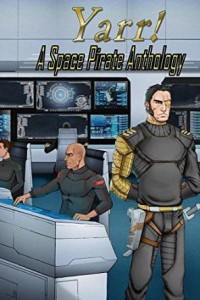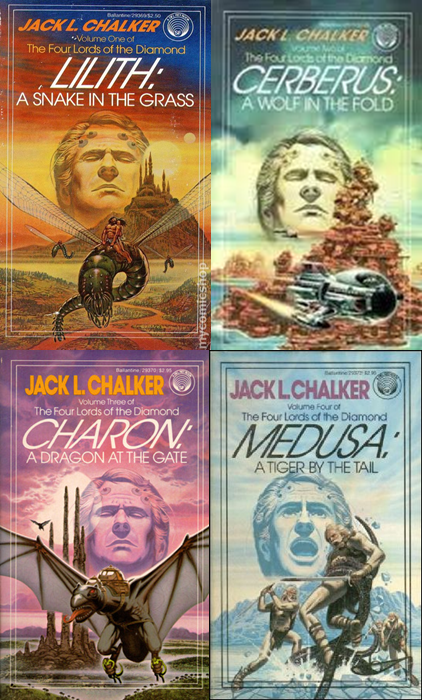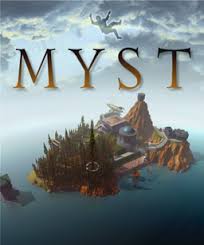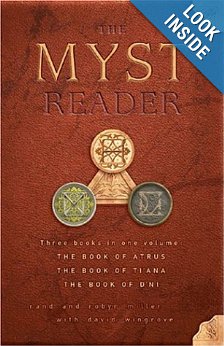 In yesterday’s blog article I wrote about drawing inspiration from songs and music. I provided an example of a short story inspired by a single line in a song. Today, in celebration of my newest short story release – “The Lighthouse Keeper’s Daughter” in Yarr: A Space Pirate Anthology by Martinus Publishing – I’m going to talk about a different kind of musical inspiration.
In yesterday’s blog article I wrote about drawing inspiration from songs and music. I provided an example of a short story inspired by a single line in a song. Today, in celebration of my newest short story release – “The Lighthouse Keeper’s Daughter” in Yarr: A Space Pirate Anthology by Martinus Publishing – I’m going to talk about a different kind of musical inspiration.
Music is a crucial component of cultures around the world. When I was planning and writing “The Lighthouse Keeper’s Daughter,” I’d just moved back to the Maritimes, and was listening to a lot of East Coast music. The East Coast of Canada has a longstanding tradition of sailing, smuggling, and bootlegging, so I found myself easily slipping into the mood to write a pirate tale. Music helped me immerse myself in the kind of culture I wanted to portray in my story.
Many people are familiar with the song from the Pirates of the Carribbean ride – yo ho, yo ho, a pirate’s life for me – and the classic “Yo ho ho and a bottle of rum.” One thing I didn’t want to do is create a pirate story too much like the ideas of pirates that are already common in popular movies like Treasure Island and its sci-fi Twin, Treasure Planet, or the fantasy-flavoured Pirates of the Carribbean. Everyone’s familiar with the charismatic captain and battles on the high seas and hidden treasure chests. East Coast music gave me some alternate ideas.
The biggest influence on “The Lighthouse Keeper’s Daughter” is the song “Wrecker’s Den” by Kilt. This song is where I first heard the legend of wreckers. The legend claims that brigands and thieves would lay out lights around rocks near the shore, signalling safe passage. According to the story, ships would follow the lights and run aground on the rocks. The wreckers would then pillage the foundered ship. I’d never heard of wreckers before, so this song gave me an idea for another kind of pirate.
As I did my research, I wasn’t able to find any historical accounts of ships brought down by this method. I did find articles alleging that a ship’s captain shouldn’t be fooled by lights on the shore. (If you do know any historical accounts, please drop me a comment!) Regardless of whether wreckers were real or a nautical “urban legend,” for the purposes of this story, mythology took precedence. The pirates in “The Lighthouse Keeper’s Daughter” are space wreckers, bringing down their enemies by means of falsified guidance systems.
On the topic of legends, just as superstitions and “yarns” were common among real historical sailors, tall tales play a key role in “The Lighthouse Keeper’s Daughter.” The main character, Lees Kai, a navigator and reluctant privateer, hears that his captain has been cursed by the lighthouse keeper’s daughter. He’s forced to examine not just his own superstition but also his morality: whether or not the curse is real, has the captain deserved it, and does Lees want to continue to be part of the privateering mission?
Some other songs influenced the space legends in the story. Lennie Gallant’s “Tales of the Phantom Ship,” a song about a real-life legendary ghost ship that appears in the Northumberland Strait, inspired me to include a fiery phantom starship as one of those legends. The ghost ship named “Mary Ellen Carter” is a nod to the song of the same name by Stan Rogers. Great Big Sea, Rawlins Cross and Mackeel are other bands whose songs provided a background soundtrack for writing “The Lighthouse Keeper’s Daughter.”
I’d be amiss not to mention “Barrett’s Privateers,” also by Stan Rogers, which provided loose inspiration for the privateer captain as the villain of the piece. After all, the major difference between a privateer and a pirate is the government’s seal of approval…
If you’d like to sail with Lees Kai, meet the villainous Captain Crest, and face the curse of the lighthouse keeper’s daughter, Yarr: A Space Pirate Anthology is now available in both print and ebook.
And if you’re stuck on inspiration, take a look through your music playlist and see what ideas come to mind!


 halker
halker
